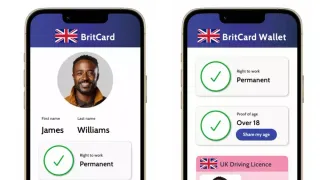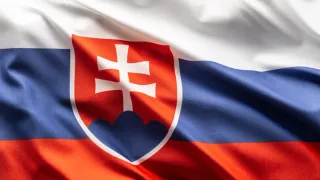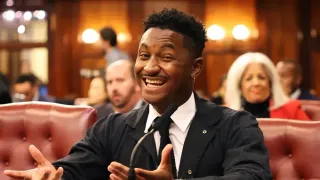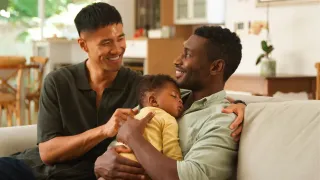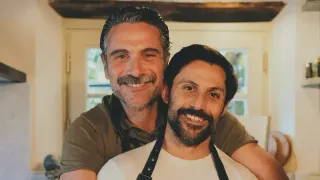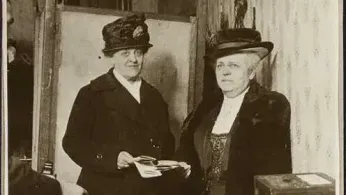
3 hours ago
Unearthing Hidden Love: Queer Suffragettes and the Untold Stories of Votes for Women
READ TIME: 3 MIN.
The suffragette movement, renowned for its pivotal role in securing women’s right to vote, has long been celebrated through the stories of its most visible leaders and dramatic protests. However, beneath the public face of the campaign lay personal lives and relationships that history has often ignored or deliberately obscured: the queer women whose love for one another was interwoven with their activism. Recent research, as explored by CJ De Barra and contemporary historians, is restoring these hidden narratives to their rightful place in LGBTQ+ and feminist history .
For decades, mainstream histories of the suffrage movement—both in the United States and the United Kingdom—largely omitted the stories of queer suffragists. This erasure stemmed from societal stigmas, the movement’s careful public image, and the personal risks facing women who loved women at a time when homosexuality was not only taboo but criminalized . Many suffragists concealed their relationships or destroyed personal correspondence, while families and biographers sanitized or omitted evidence of queer partnerships .
Recent scholarship, however, is actively reconstructing these lost histories. Dr. Wendy Rouse, a leading historian on the subject, argues that the suffrage movement was “remarkably inclusive, providing sanctuary to individuals reflecting a wide range of gender expressions, gender identities and sexualities, while fostering the formation of a variety of queer relationships” . This inclusivity was often at odds with the movement’s public insistence on “respectability,” which forced many suffragists to develop complex strategies for survival, including coded language, private gatherings, and lifelong partnerships that were described publicly as friendships or “Boston marriages” .
Among the most prominent figures whose queer identities shaped their suffrage work was Dr. Anna Howard Shaw, a renowned suffragist and openly lesbian woman who served as president of the National American Woman Suffrage Association from 1904 to 1915 . Shaw lived for many years with her partner Lucy Anthony, niece of Susan B. Anthony. Their life together was an example—though often unacknowledged—of the deep bonds that sustained suffrage activism.
Susan B. Anthony herself formed close relationships with women such as Anna Dickinson and Emily Gross, which contemporaries sometimes described in romantic or intimate terms. Upon Anthony’s death in 1906, concern for her partner’s grief was noted in their circle, suggesting the significance of these bonds . Other suffragists, such as Alice Dunbar-Nelson, were known to have had relationships with both men and women, and played key roles in both gender and racial equality movements .
Queer relationships were not limited to romantic partnerships. The suffrage movement also became a haven for individuals who today might be described as gender non-conforming or nonbinary. Figures like Annie Tinker and Dr. Margaret Chung challenged normative gender standards in their dress and public personas, further queering the movement’s history .
Despite an atmosphere of camaraderie within suffrage circles, queer suffragists faced significant external and internal pressures. The movement’s leadership often prioritized a public image of heteronormativity to avoid giving ammunition to opponents. As a result, many relationships were hidden or disguised, and evidence of queer lives was suppressed or destroyed—sometimes by the suffragists themselves out of fear or a desire to preserve the movement’s reputation .
Nonetheless, these hidden lives contributed significantly to the movement’s resilience. Queer suffragists brought diverse perspectives and experiences, often forging powerful networks of mutual support. Their presence challenged the era’s rigid gender norms, and their activism intersected with broader struggles for LGBTQ+ recognition and rights .
Today, the effort to recover and honor these stories is ongoing. Historians like Dr. Rouse and LGBTQ+ organizations are advocating for a more inclusive remembrance of suffrage history, one that acknowledges the full spectrum of identities that powered the movement. This reclamation is not just a corrective to historical omission—it is a celebration of the courage and love that fueled the fight for equality .
The unveiling of queer love stories within the suffragette movement enriches our understanding of both LGBTQ+ history and the broader struggle for rights. These narratives reveal that the fight for women’s suffrage was not just about the vote, but about recognition, dignity, and the right to love freely. As new generations learn about these histories, they gain a more nuanced appreciation of the diversity and solidarity that defined the suffragette movement—and continue to inspire LGBTQ+ activism today .
